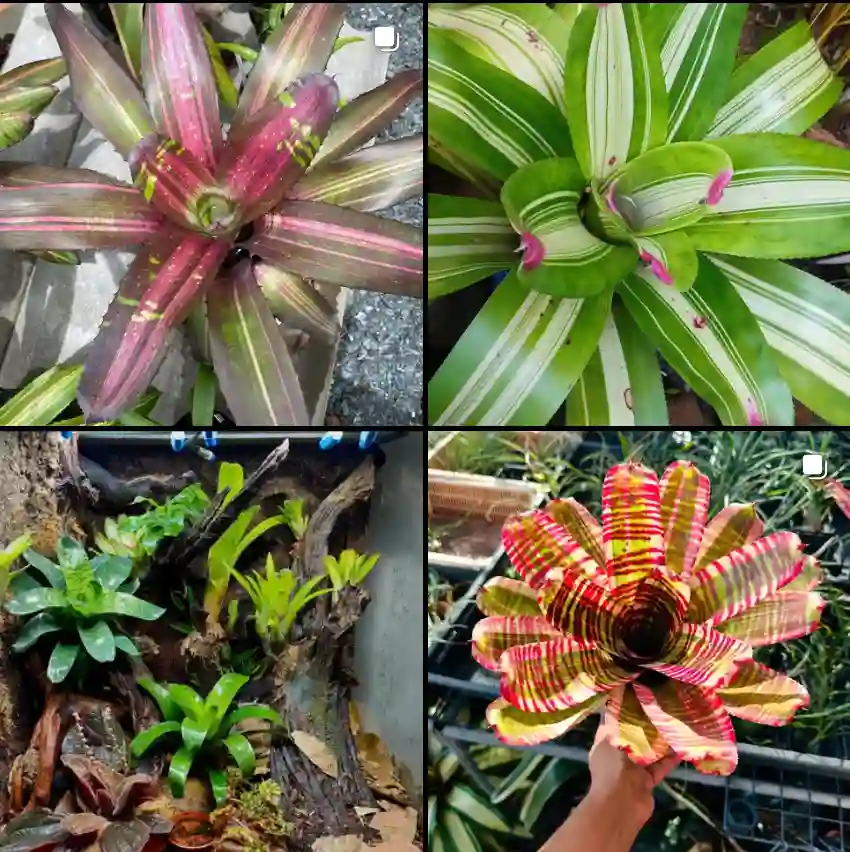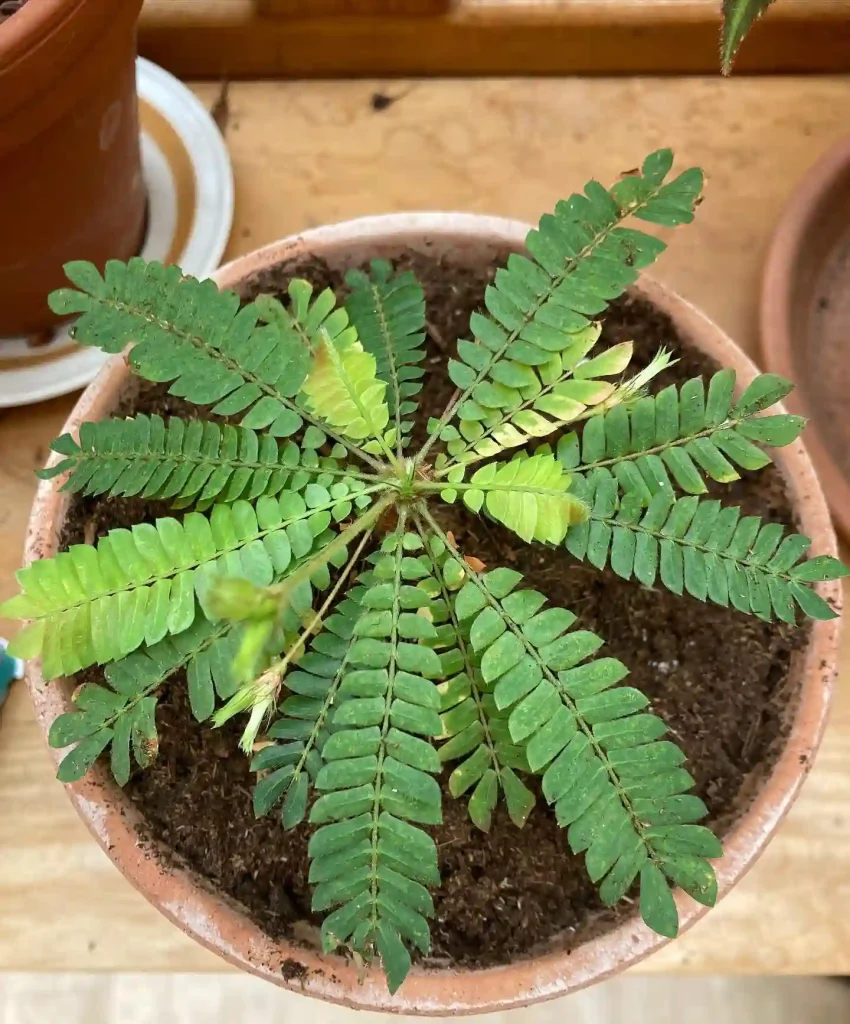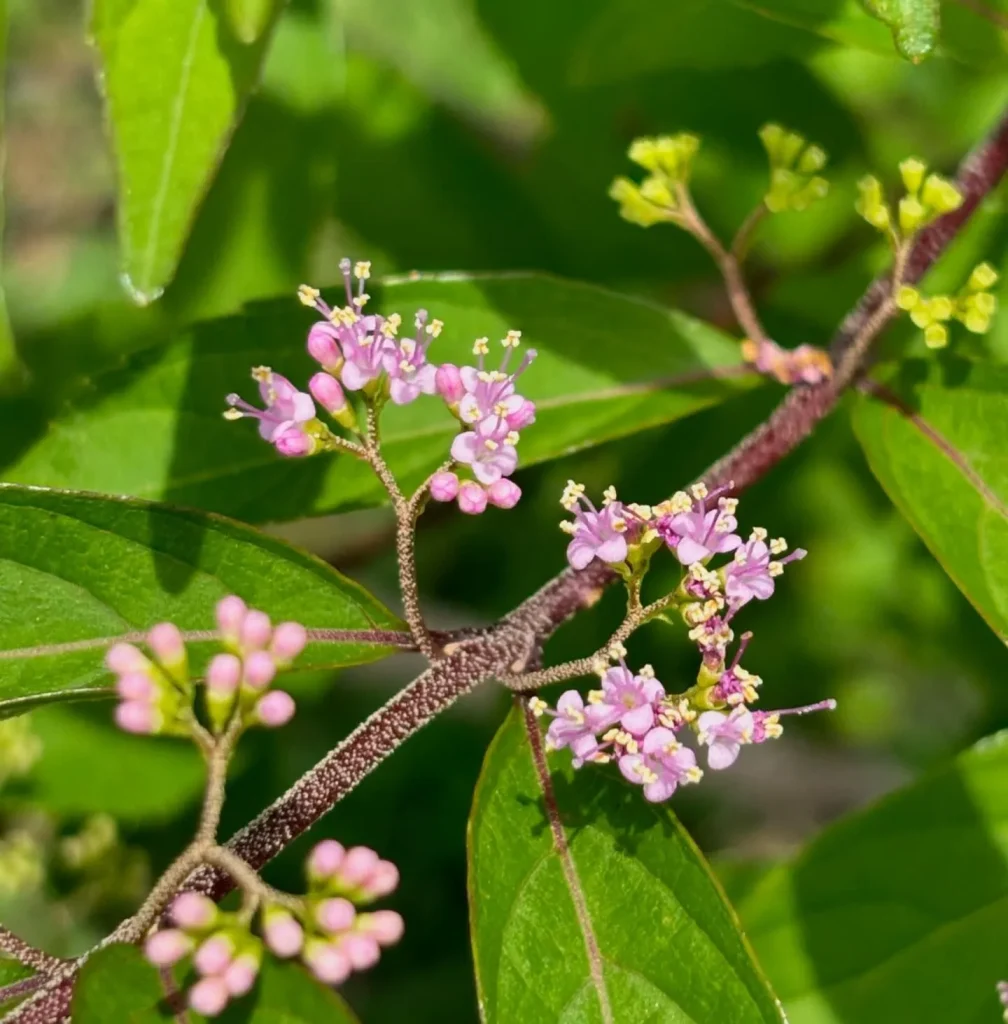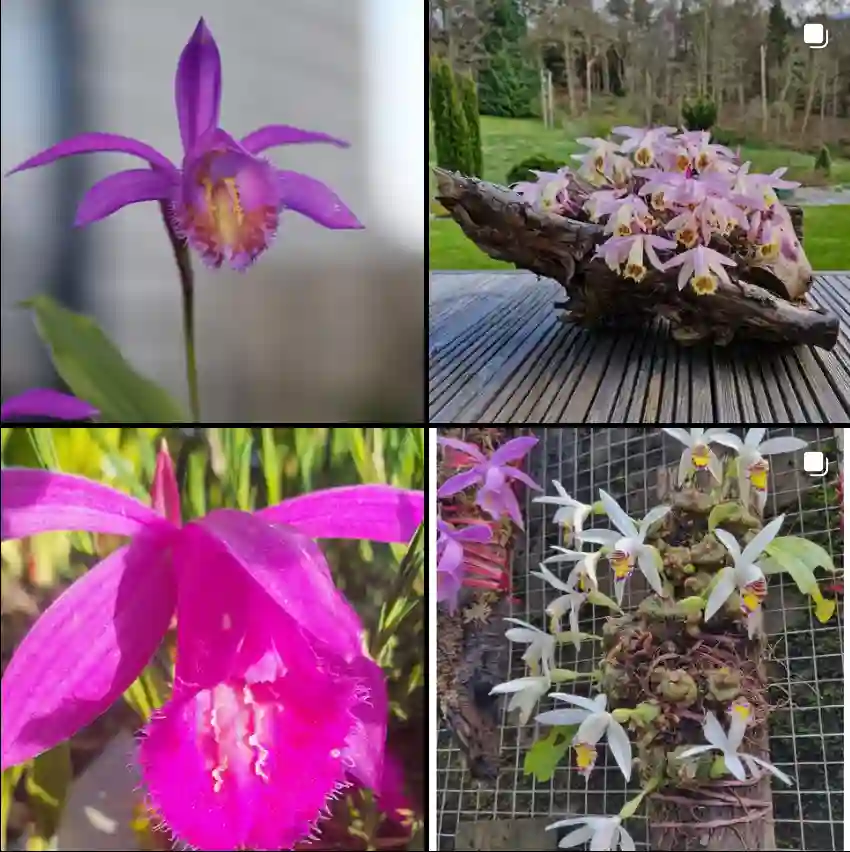
What is Lungwort?
Lungwort (Pulmonaria belong to the Boraginaceae family) is a charming, shade-loving perennial that brings a splash of color to garden beds, especially in early spring. This plant, native to Europe and parts of Asia, is renowned for its striking foliage and unique flowering patterns. Its leaves often have a mottled or speckled appearance, giving it a distinctive look. The plant is named “lungwort” due to the shape of its leaves, which were historically thought to resemble lung tissue.
Pulmonaria species
- Pulmonaria affinis Jord.
- Pulmonaria angustifolia L.
- Pulmonaria australis (Murr) W.Sauer
- Pulmonaria carnica W.Sauer
- Pulmonaria cesatiana (Fenzl & Friedr.) Selvi, Bigazzi, Hilger & Papini
- Pulmonaria collina W.Sauer
- Pulmonaria × digenea A.Kern.
- Pulmonaria × heinrichii Sabr.
- Pulmonaria helvetica Bolliger
- Pulmonaria hirta L.
- Pulmonaria × hybrida A.Kern.
- Pulmonaria × intermedia Palla
- Pulmonaria kerneri Wettst.
- Pulmonaria × landoziana Péterfi
- Pulmonaria longifolia (Bastard) Boreau
- Pulmonaria mollis J.F.Wolff ex Hornem.
- Pulmonaria montana Lej.
- Pulmonaria × norica Teyber
- Pulmonaria × notha A.Kern.
- Pulmonaria obscura Dumort.
- Pulmonaria officinalis L.
- Pulmonaria × ovalis Bastard
- Pulmonaria rubra Schott
- Pulmonaria saccharata Mill.
- Pulmonaria stiriaca A.Kern.
- Pulmonaria visianii Degen & Lengyel
Is Lungwort Poisonous?
One of the common questions I get is whether Lungwort is poisonous. Fortunately, Lungwort is not poisonous. It’s generally considered safe for pets and humans. However, it’s always wise to keep any plant material out of reach of small children and pets, just to be on the safe side.
Is Lungwort Invasive?
Lungwort is not considered invasive. It’s a relatively well-behaved plant that won’t take over your garden. In fact, it’s often used in woodland gardens and shady spots where it can spread gently without overwhelming other plants. It does spread by self-seeding, but it’s typically not aggressive.
Do You Cut Back Lungwort in the Fall?
Lungwort doesn’t require extensive pruning, but cutting it back in the fall can help keep the plant tidy. After the flowering period, which usually ends in late spring to early summer, you might notice some old or damaged foliage. Cutting back the plant in late fall helps reduce the risk of disease and encourages fresh growth in the spring.
Is Lungwort Deer Resistant?
Yes, Lungwort is deer resistant. Its tough, textured leaves and the slightly fuzzy foliage are not appealing to deer, which makes it a great choice for gardens where deer are a problem. This resistance helps keep your garden looking beautiful even in areas frequented by wildlife.
Is Lungwort a Perennial?
Yes, Lungwort is a perennial. It comes back year after year, providing a reliable source of color and interest in your garden. Its ability to thrive in shady conditions makes it a valuable addition to garden beds that receive limited sunlight.
Is Lungwort Native to North America?
No, Lungwort is not native to North America. It originates from Europe and Asia, but it has adapted well to North American gardens. Many gardeners appreciate Lungwort for its ability to brighten up shady spots where other plants might struggle.
Does Lungwort Bloom All Summer?
Lungwort does not bloom all summer. Its main flowering period is in early spring, typically from March to May, depending on your location. The plant produces clusters of small, tubular flowers in shades of blue, pink, or purple. After blooming, the plant’s primary appeal shifts to its foliage.
How to Care for Lungwort
Caring for Lungwort is relatively straightforward. It prefers a shady or partially shaded location with well-drained soil. Regular watering helps keep the soil moist, but be cautious not to overwater. Lungwort can tolerate a range of soil types but thrives in rich, organic matter. Applying a layer of mulch around the base can help maintain soil moisture and temperature.
How to Propagate Lungwort
Propagating Lungwort can be done through division or by seed. Dividing the plant in early spring or fall is a common method. Simply dig up the plant, separate it into smaller sections, and replant them. For seed propagation, collect seeds from the plant after flowering and sow them in a seed tray or directly in the garden in early spring.
What to Plant with Lungwort
Lungwort pairs beautifully with other shade-loving plants. Consider planting it alongside hostas, ferns, and astilbes. Its speckled foliage complements the texture and color of these plants, creating a lush, multi-layered look in your garden.
Lungwort vs. Coffee
An interesting comparison is between Lungwort and Coffee. While Lungwort is a garden plant known for its ornamental value, Coffee refers to the beans used to make the popular beverage. They don’t have much in common except that both can be quite interesting to discuss in their respective fields!
Common Problems with Lungwort
Lungwort can occasionally suffer from fungal issues, particularly if it’s planted in overly damp conditions. Watch for signs of mildew or leaf spots and ensure good air circulation around the plant. Slugs and snails can also be a problem, so keep an eye out for these pests and take action if necessary.
Benefits of Lungwort
Lungwort’s benefits go beyond its aesthetic appeal. It’s a low-maintenance plant that helps brighten up shady areas. Its foliage remains attractive even after flowering, and it provides a habitat for beneficial insects. Additionally, its deer resistance makes it a practical choice for gardens in deer-prone areas.
Overall, Lungwort is a versatile and attractive perennial that deserves a spot in many gardens. Its unique appearance and low maintenance needs make it a favorite among gardeners, especially those dealing with shady spots.
If i die, water my plants!



